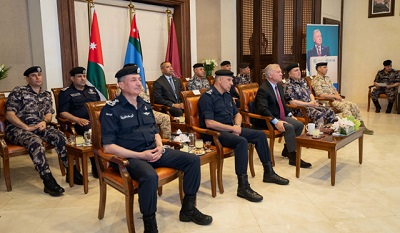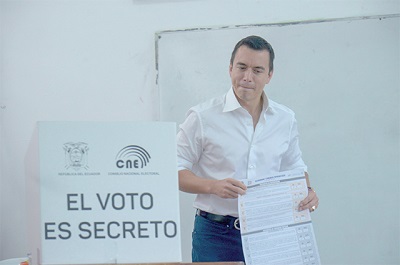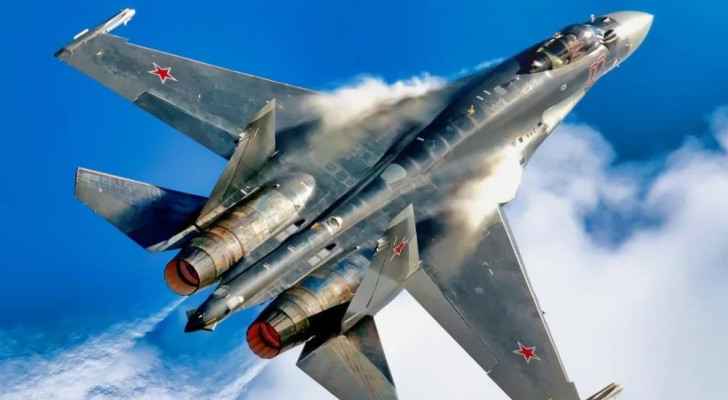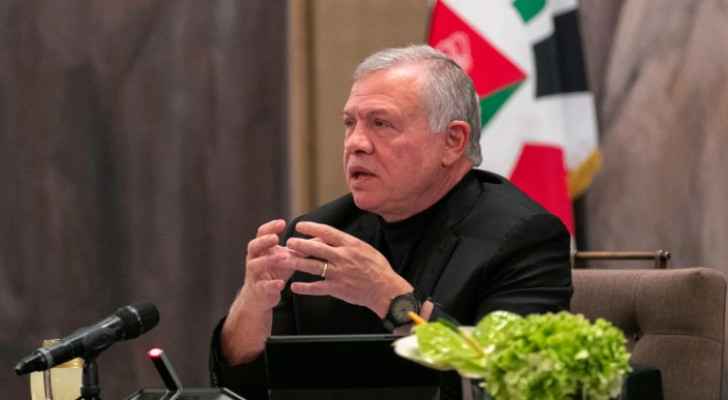Iran and the Regime’s Great Wall - By Mustafa Fahs, Asharq Al-Awsat
Tehran presented its documents to Beijing, a significant step that resembles a strategic asylum request that aims to secure an additional 25 years for the regime, now protected by a new Chinese wall. The regime believes that this will allow it to stay in power without the need for internal changes or external concessions, as it considers that the agreement with China requires the preservation of the regime structure and decision-making hierarchy to safeguard its implementation in the long run.
The decision to resort to China came only after the Iranians became convinced of two things: first, the bet on Washington had been lost after Tehran was shocked by President Joe Biden’s administration. As for the second, it is the need to save the regime and end its plight. The agreement, in its geopolitical dimension, puts Tehran behind China’s wall. Internally, it is erecting a fence that protects the regime from the winds of change that may blow on the inside.
The regime sees that it shares many resemblances with the regime in Beijing. It is an ideological one-party state that raises socialist slogans but embodies the pinnacle of “savage” capitalism, one that is unrestrained by the law or humanitarian considerations. China enjoys - or finds easy - investing or colonizing countries that are struggling economically, especially those whose regimes share similarities with it in their approach to governance.
Tehran’s decision to open its markets to cheap Chinese goods suits the Iranian citizens’ weak purchasing power, but on the other hand, it could disrupt local production. More dangerous, the agreement, with its colonial aspects, will transform Iran into one of China’s primary colonies, which will remind Iranians of the difficult time when Russia and Britain put their hands on its geography and wealth, exploiting them to their benefit.
The regime’s future problem is that the agreement will not go through without internal repercussions.
Regardless of how hard the regime tries to deny the social realities in Iran, the Iranians are not like the North Koreans or Chinese, and the people’s potential repudiation of the agreement could ignite the streets for many reasons. One of the most important is that the agreement was concluded for the sake of the regime, not the people. It is a tool that the regime will use to consolidate its rule for a longer time. Thus, increased repression and more aggressive clampdowns on freedoms are expected during the forthcoming phase as citizens and elites opposed to the agreement are silenced. The paradox is that while the Iranian people had been calling for a policy open to the outside world, the regime built a wall isolating Iran from the world.
The agreement and the increased liquidity it offers Tehran will most likely inflame rivalries between decision-making forces and create conflicts between them as they compete for credit for its conclusion. It will also be an essential part of all the presidential election campaigns; since the agreement was signed, prominent regime figures have been playing up the primacy of the role they played in getting it over the line, chief among them are Ali Larijani, Ali Velayati and even Foreign Minister Mohammad Javad Zarif.
There is no doubt that the Iranian-Chinese agreement turns the supreme leader's geostrategic vision into a reality. The same applies to the theory of heading East to save the regime from the West’s ambitions, especially those of the United States, and to avert being obliged to comply with its political and economic dictates. However, it will put the regime in a fault line that begins in Moscow, passes through Central Asia and Turkey and reaches the Arab Gulf states. These states will not allow Iran to become an advanced Chinese base along the economic “Silk Road,” nor will they allow Iran to exploit its ties with China to continue to destabilize its surroundings.
No doubt, this agreement has brought China into the “Belt and Road” project, the pinnacle of Chinese international economic expansion, a significant blow to Russian President Vladimir Putin’s Eurasian project, which Russia had been hoping would allow it to regain its political and economic influence in the area stretching from Central Europe to the Arab Gulf. The agreement has also stirred apprehension in Ankara, which is working on entrenching its presence in Central Asia or the so-called “Turkish world,” which connects it with Moscow and Beijing politically, economically and culturally, as Iran will try to infiltrate them again through the Chinese gate.
And so, Tehran has put itself at the heart of the impending Chinese-American conflict, and it could turn into an arena for conflict between the powers. Its results are difficult to predict early on, but one can envisage their outline and the dangers they could pose to Iran and its people.
Latest News
Most Read Articles
- Safadi discusses war on Gaza with French, German delegations
- King from Madaba: Jordan has always proven its ability to move forward with persistence of Jordanians
- Jordan sends 51-truck aid convoy to Gaza
- Turkey’s Erdogan in rare Iraq visit to discuss water, oil, security
- Prosecution lays out ‘criminal conspiracy’ in historic Trump trial
- German envoy for Middle East hails Jordan’s role in Gaza aid
- Japan hands over ultrasound equipment to the JNRCS
- Addressing discrepancies: Bridging gaps in bank executives’ salaries - By Hamza Alakaleek, The Jordan Times
- FAO organises workshop on ecosystem-based water solutions
- US Supreme Court weighs ban on homeless people sleeping outside




